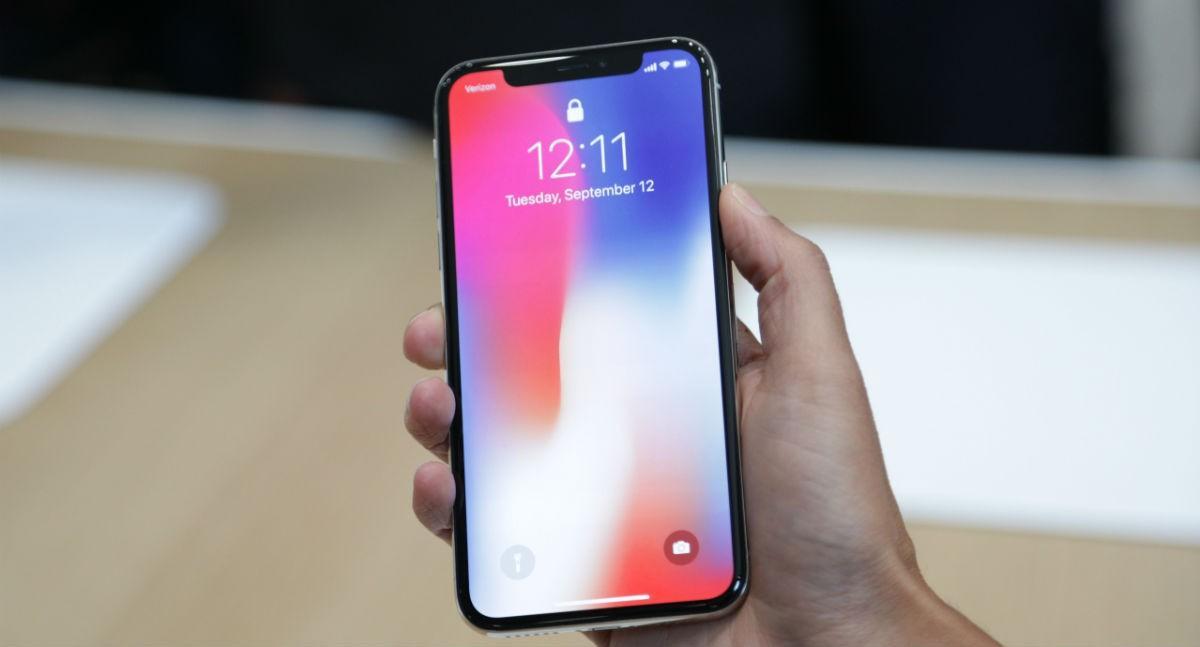The next version of Google’s mobile operating system, Android P, is expected to support newer phone designs, such as the notch used that’s already used in Apple’s iPhone X, Bloomberg reports, citing sources close to the situation.
Newer smartphones are designed with notches that house cameras and other sensors, in order to accommodate for edge-to-edge screens that take up almost the entire front-facing display.
Android P might also be able to support other new smartphone designs, such as models that have multiple screens and foldable displays, Bloomberg said.
The new Android version will also include further integration with Google’s voice-activated Assistant, while improving battery life for Android smartphones.
By adding accommodations for the smartphone notch, Google may be trying to carve out a bigger share of the high-end device market, according to Bloomberg.
Apple consumers have traditionally been more willing to shell out extra cash for the company’s products. Designing around the notch could also mean that more advanced features are coming to Android phones, such as facial recognition technology and sensors that power a wide variety of augmented reality applications.
Not all Android phones are likely to have notches, however. Thousands of brands make smartphones that can run Android, so the operating system can be tweaked based on the device. It’s possible that Google is planning to introduce a notch to its next generation Pixel phone, likely to be called the Pixel 3.
Some Android devices already include a notch, such as an upcoming Huawei smartphone, the P20, which has a smaller notch.
Samsung has also explored ways to advance their screen designs in upcoming smartphones to accommodate for advanced features like facial recognition technology and AR sensors.
A patent filed last month showed off a prototype smartphone that has two holes drilled into the top of the screen, presumably to embed cameras and other sensors. The phone is almost entirely bezel-free, except for some very thin borders around the edges of the phone.
The concept describes an ‘electronic apparatus with a hole area’ that would be able to include all those elements, plus an ‘optical sensor,’ seemingly referring to facial recognition technology of some kind.
This might mean that more devices will include features like Apple’s Animoji and Face ID. Some Samsung phone already have facial recognition technology.



